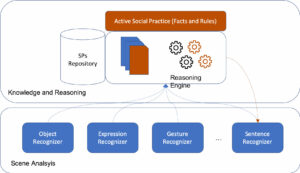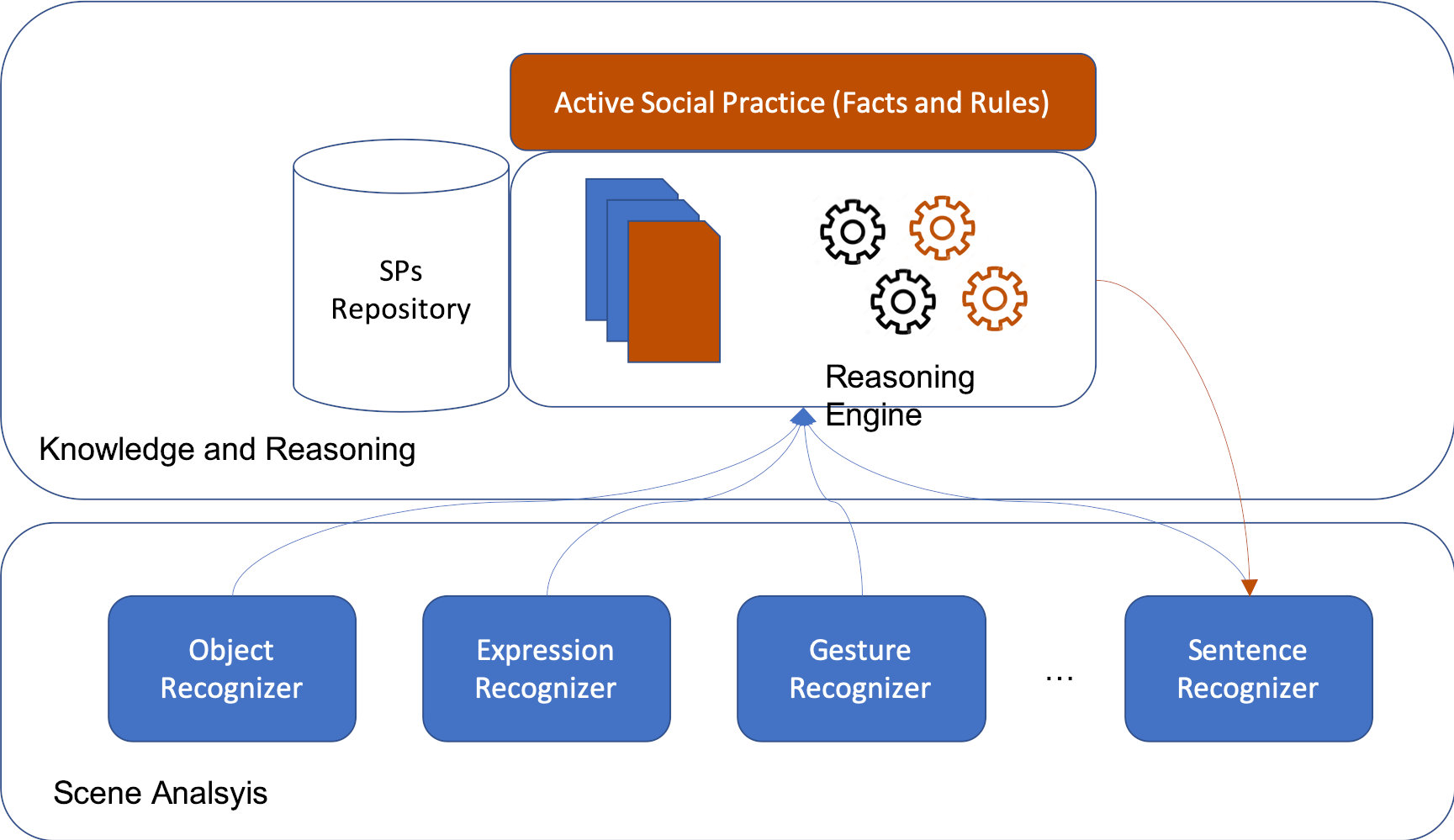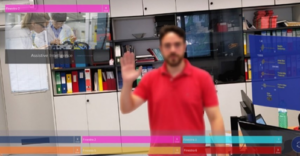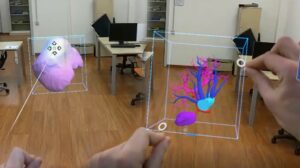MET-iquette architecture: enabling virtual agents to have a social compliant behavior in the Metaverse
Metaverse aims to connect the physical and digital world in a highly immersive virtual environment that can replicate society and social practices. It is populated not only by avatars corresponding to users but also by nonplayer characters (NPCs). These virtual agents should be able to perceive other agents and objects in the scene, reason and act, preferably by exhibiting credible and acceptable social behavior. The MET-iquette architecture can be used to develop virtual agents who understand social practices and act by respecting the social norms that the circumstances entail. The agent is equipped with modules for recognizing scene elements, knowledge and rules about social practices. The scene information is exploited by a reasoning module that allows the agent to evaluate the current social practice, socially interpret the events, and activate the most appropriate behaviours. The architecture has been substantiated in a hypothetical experimental scenario where the agent is a virtual employee of an inclusive virtual grocery shop. The agent knowledge has been formalized to manage two possible social practices, a practice that is usually performed when a customer enters the store and a practice performed to serve individuals with special needs, which is activated when a customer enters the store and takes a blue cart (recognition sign for people with autism spectrum disorders (ASD)). The system has been designed and developed as a thesis project by Luigi Gatto. Details can be found in L. Gatto, G. Fulvio Gaglio, A. Augello, G. Caggianese, L. Gallo and M. La Cascia, “MET-iquette: enabling virtual agents to have a social compliant behavior in the Metaverse,” 2022 16th International Conference on Signal-Image Technology & Internet-Based Systems (SITIS), Dijon, France, 2022, pp. 394-401, doi: 10.1109/SITIS57111.2022.00066.




